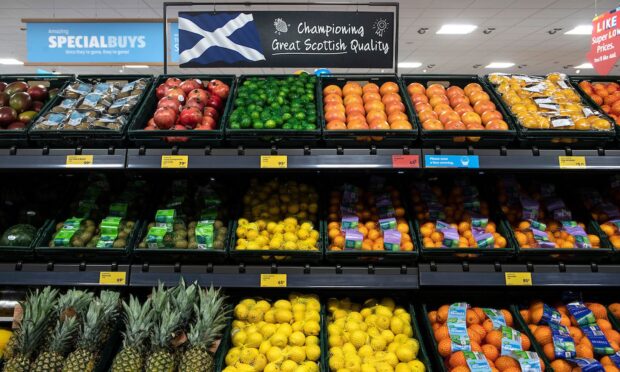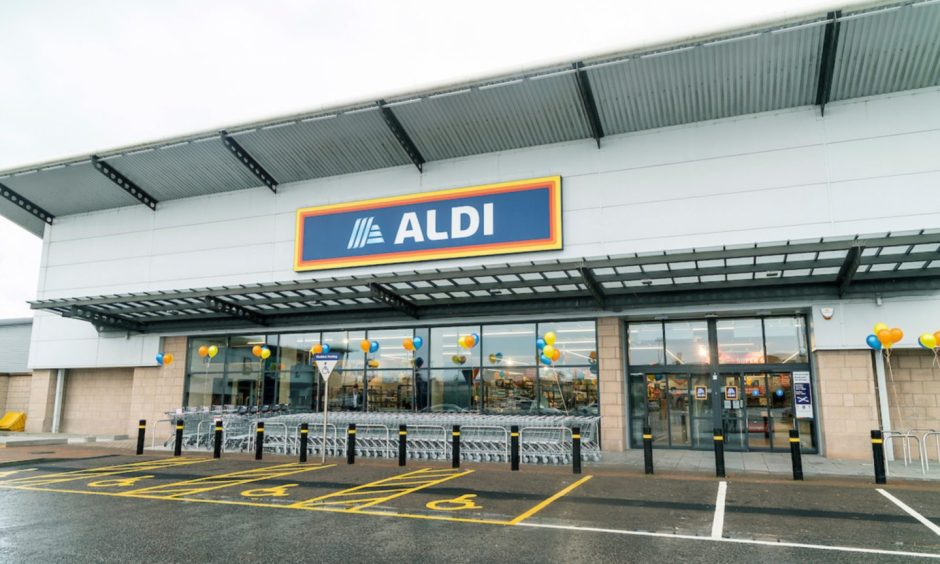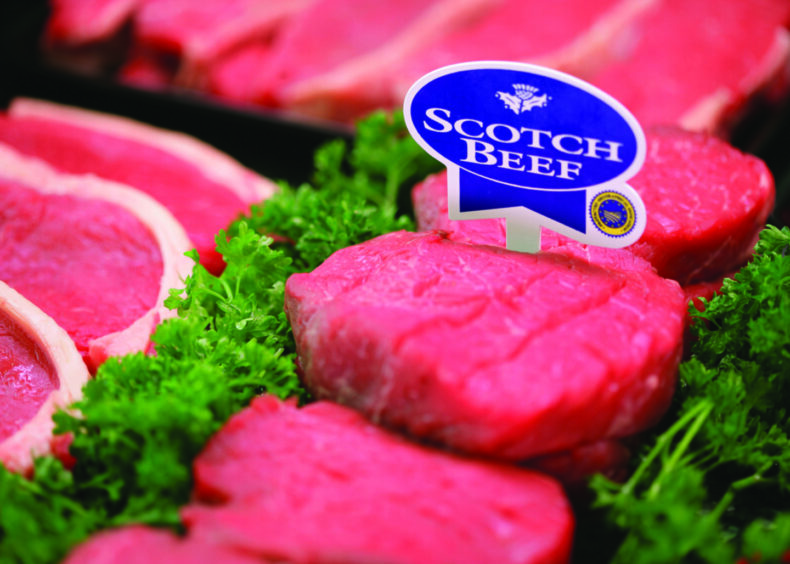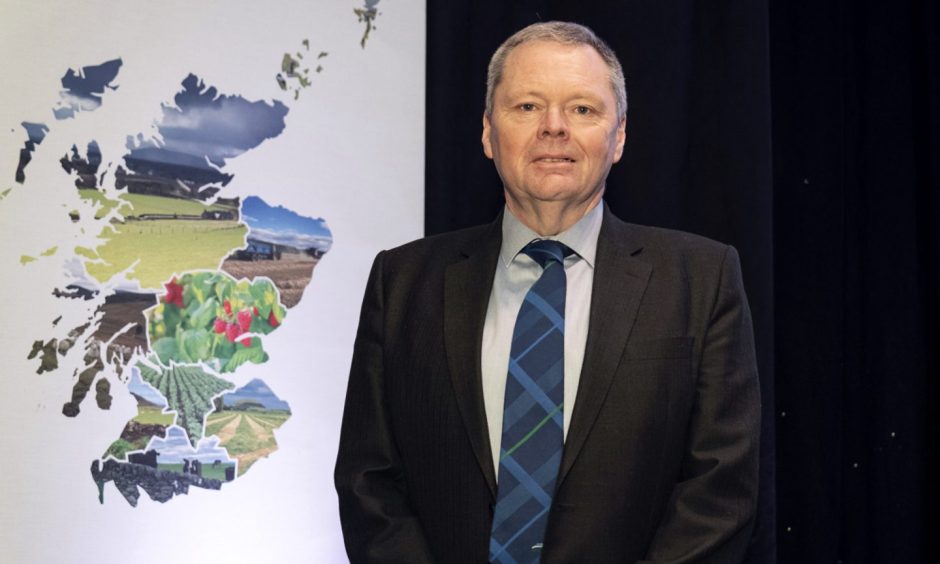A 12% increase in Scottish sourcing by the UK’s biggest supermarkets could deliver a £500 million bonanza for farmers, crofters and growers north of the border, according to NFU Scotland (NFUS).
The farmers’ union is today publishing the findings of its latest ShelfWatch survey.
Just 17% of food on sale in supermarkets across the country was labelled as Scottish.
NFUS is now challenging grocers to work with the industry to increase the amount of home-grown or reared produce on their shelves.
‘Very mixed picture’
It is reporting a “very mixed picture” in respect of sourcing levels across eight major retailers.
The survey looked at Scottish produce availability at Aldi, Asda, the Co-op, Lidl, M&S Food, Morrisons, Sainsbury’s and Tesco in four phases during 2024 and early 2025.
Aldi was the clear front runner, leading the rankings in every phase of research with an overall average of 40%.
In second place was Lidl, with a 30% average, and the Co-op was third with 22%.
Meanwhile, M&S Food had the biggest, albeit modest, improvement across the year in its support for Scottish produce.
More generally, support for UK-wide produce was strong with an average of 63% of own-label products being sourced in Britain.
6% jump in imports
Scottish was the main objective of the initiative, but understanding UK produce is important too as some products labelled as British may be from north of the border.
NFUS says its ShelfWatch survey team also recorded a 6% increase of imports in 2024.
Outlining a £500m opportunity for Scottish farmers, crofters and growers, the union says it has written to all eight retailers setting out this challenge.
And it has identified specific areas where it would like to see action:
- Sourcing – a “Scottish first” sourcing policy, prioritising this country’s produce across all commodities and reducing grocers’ reliance on imports.
- Promotion – development of a programme of promotional campaigns and activity to champion Scottish produce in stores and online, including the creation of a “Scottish Shop” for online customers and supporting industry initiatives.
- Fairness – new commitments to ensure fairness in the supply chain and specifically to end the practice of excessive discounting which, the union says, “undermines the value of food”. Also commitments to ensure “pricing reflects the true cost of production”.
- Labelling – a commitment to reform practices to ensure clearer on-pack country-of-origin labelling so consumers can better understand where their food comes from.
- In-store branding – ending the co-mingling of Scottish and imported products through “transparent and clear signage, and in-store branding”.
‘Vital insight’
NFUS president Andrew Connon said: “ShelfWatch has delivered vital insight.
“Our clear message to retailers is that by working together we have a golden opportunity to support Scotland’s farmers and crofters, as well as giving their customers more of what they want.
“We know the value of grocery sales across Scotland is significant.
“And we believe Scottish farmers and crofters could get a greater share of this value if retailers work with us and the wider industry to take forward the actions we’ve set out.”
Mr Connon added: “Overall, these results show a disappointing level of Scottish sourcing, with around 17% of own-label products labelled as Scottish and no real improvement throughout the year.
“That said, the picture is very mixed across each of the retailers.”
The four phases of research covered own-brand products at more than 290 stores across seven regions, with in excess of 15,000 products examined during each phase.




Conversation